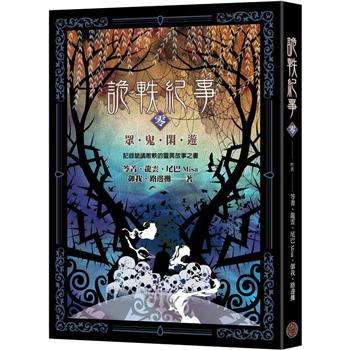The Guns We Left Behind by PR Hirsh The Guns We Left Behind is a book of humorous and poignant short stories about the golden age of guns in America. PR Hirsh richly describes his childhood world and coming of age in a privileged family that had the money and the space to push gun ownership to the outside edge of the outer limits. The cast of eccentrics is drawn from more than eighty years of antics. Taken together, they portray a time, not all that long ago, when there was no animal rights movement, and anyone with a spare hundred bucks could mail order an antitank gun. There was crime, but virtually no call for gun control, and gun culture put down the roots of resistance that non-gun people so underestimate today. Set primarily in old world Virginia, Hirsh heartily embraces the twin themes of social class and cultural equity. These stories cover eighty years and come complete with all the cliche themes one might expect. The author's grandparents' generation often merits no sympathy. Rather than disown them, however, Hirsh left in their intolerable world views. Their history becomes the contrast for a family of heroes, a whole generation in fact, who forever broke their mindset. Indeed, this evolution of character is at the heart of the book. The Guns We Left Behind spans four chapters arranged by theme: Guns in the Home, The Minutemen, Toys, and Hunting. Heroes and villains abound, and it is obvious that Hirsh is especially keen to produce a book that is as much about ladies as it is about gentlemen. Single mothers, female corporate executives, farmer mafia grandmothers, vengeful sisters and a half dozen supermodels all play their parts. Children, whose participation in the shooting sports will ultimately determine the future of guns in America, also figure prominently throughout this book The Guns We Left Behind does not require the reader to have any experience with firearms. Hirsh uses vivid historical fiction to show what the various guns can and cannot really do. The hunting stories are based in true events and cover water fowling, varmint hunting, legally taking and poaching deer, and there is even a true shark attack/ spear gun story to take the reader beneath the waves. The war and self defense stories are written to showcase the bond that develops between gun and user in life or death situations. Hirsh provides his readers with more than forty photographs that juxtapose the bygone with the modern age. It is evident in the smiles that nobody thought twice about their excesses back then, but the stories show how he is still trying to make sense of it all to this day.












